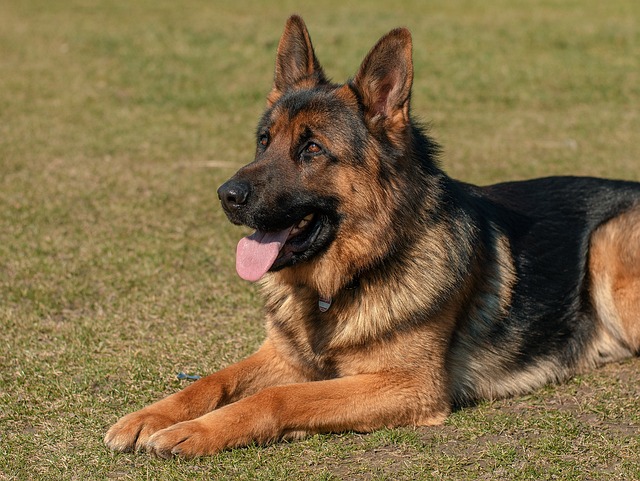
What is glaucoma in a dog?
You might notice your dog squinting more at mealtime or avoiding bright sunlight—these small changes could be early signs of a serious eye condition.
Picture this: It’s 85°F in Chicago, and your bulldog Max pants heavily after a short walk near Lake Michigan. His tongue hangs low, gums turn bright red—classic early heat stroke signs. For new dog owners in the U.S., recognizing these symptoms quickly is critical because heat-related fatalities spike every summer, especially in humid states like Florida or Texas. Unlike humans, dogs can’t sweat efficiently; they rely on panting and paw pads to cool down. When their body temperature hits 104°F, organs start failing. But acting fast with science-backed methods can save your pup’s life without rushing to costly emergency vets.
Biologically, dogs overheat 3x faster than humans due to poor thermoregulation. Brachycephalic breeds (pugs, boxers) and thick-coated huskies face higher risks because of restricted airways and insulation. Veterinary studies confirm that heat stroke triggers systemic inflammation—blood vessels dilate, causing oxygen deprivation to vital organs. Behaviorally, dogs hide discomfort instinctively (a survival trait), so watch for subtle cues: stumbling on apartment stairs, refusing treats, or excessive drooling after a park playdate. Never dismiss these as "just tiredness."

Here’s your action plan for heat emergencies: First, move your dog indoors immediately to an air-conditioned room or shady spot. Grab towels soaked in cool (not icy) tap water—extreme cold shocks their system. Place these on their groin, armpits, and paw pads where blood vessels cluster. Offer small sips of water but never force it if they’re disoriented. Use a fan to boost evaporation while massaging their legs to maintain circulation. Avoid ice baths or wetting their head (risk of aspiration). Check their temperature rectally every 5 minutes; stop cooling at 103°F to prevent hypothermia. If seizures occur or gums turn pale, drive to the nearest vet with windows down—time matters more than perfect technique.
Beyond emergencies, U.S. pet laws and community norms demand proactive care. Legally, neglecting heat safety could violate animal cruelty statutes—like leaving dogs in parked cars (illegal in 31 states with fines up to $500). Culturally, never punish distress signals (whining, pacing); instead, use positive reinforcement to train "cool zone" behaviors, like settling on a cooling mat. For apartment dwellers: avoid midday walks in heatwaves, opt for grassy areas over hot pavement, and use pet-safe window films to block UV rays. Always carry a collapsible water bowl during neighborhood strolls, and respect leash laws—even friendly dogs may snap when overheated. Remember, picking up waste isn’t just polite; it’s mandated in cities like Seattle where fines exceed $250. Prevention beats treatment: schedule walks before 9 AM, hydrate with frozen broth cubes, and know your local emergency vet’s number.

You might notice your dog squinting more at mealtime or avoiding bright sunlight—these small changes could be early signs of a serious eye condition.

Let’s set the scene: It’s a sweltering Phoenix afternoon—105°F outside—and you rushed your 2-year-old Lab mix, Cooper, on a quick walk to “get it over with.”

Let’s get real: You’re in your Miami apartment, watching your 3-year-old Corgi, Loki, struggle to climb the stairs to your second-floor unit.

Many dog owners brush off occasional scratching as just “dog behavior,” but persistent itching often signals something more—like a food allergy.

You might first notice your dog scratching more than usual—chewing at their paws until the fur looks thin, or rubbing their face against the couch nonstop.

Let’s be real: You’re standing in your Chicago apartment, watching your 3-year-old Beagle, Max, huff and puff just to climb onto the couch.